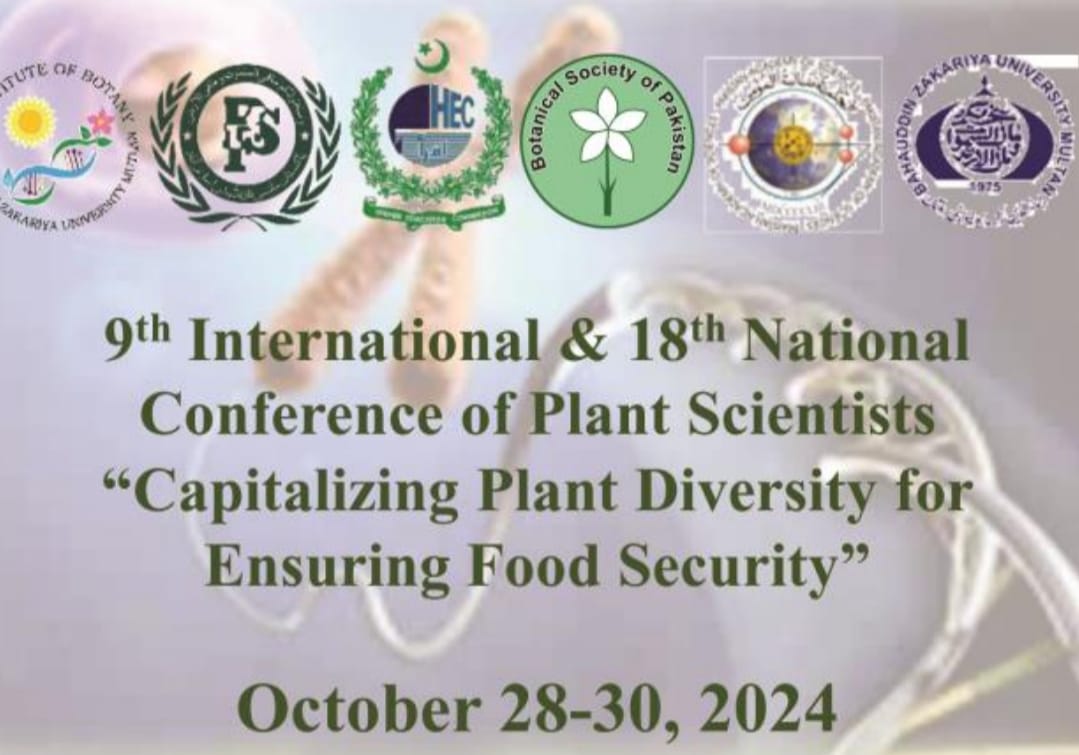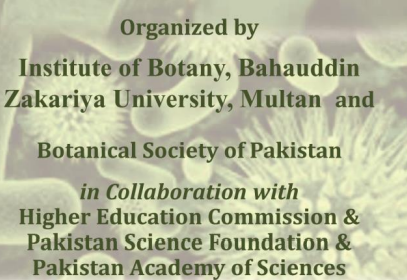-
-
-
-
-
-
-
-
-
-
-
-
-
-
-
-
-
-
-
-
-
-
-
-
AREF ALSHAMERI, FAHAD AL-QURAINY, SALIM KHAN, MOHAMMAD NADEEM, ABDEL-RHMAN GAAFAR, MOHAMED TARROUM, ABDULHAFED ALAMERI, SALEH ALANSI AND MUHAMMAD ASHRAF
APPRAISAL OF GUAR [CYAMOPSIS TETRAGONOLOBA (L.) TAUB.] ACCESSIONS FOR FORAGE PURPOSE UNDER THE TYPICAL SAUDI ARABIAN ENVIRONMENTAL CONDITIONS ENCOMPASSING HIGH TEMPERATURE, SALINITY AND DROUGHT
Download PDF
-
-
-
-
-
-
-
-
-
-
-
-
-
TASAWER ABBAS, MUHAMMAD ATHER NADEEM, ASIF TANVEER, AMAR MATLOOB, NAILA FAROOQ, NILDA ROMA BURGOS AND BHAGIRATH SINGH CHAUHAN
CONFIRMATION OF RESISTANCE IN LITTLESEED CANARYGRASS (PHALARIS MINOR RETZ) TO ACCASE INHIBITORS IN CENTRAL PUNJAB-PAKISTAN AND ALTERNATIVE HERBICIDES FOR ITS MANAGEMENT
Download PDF
-
-
-
-
-
-
-
-
-
-
-
-
-
-


